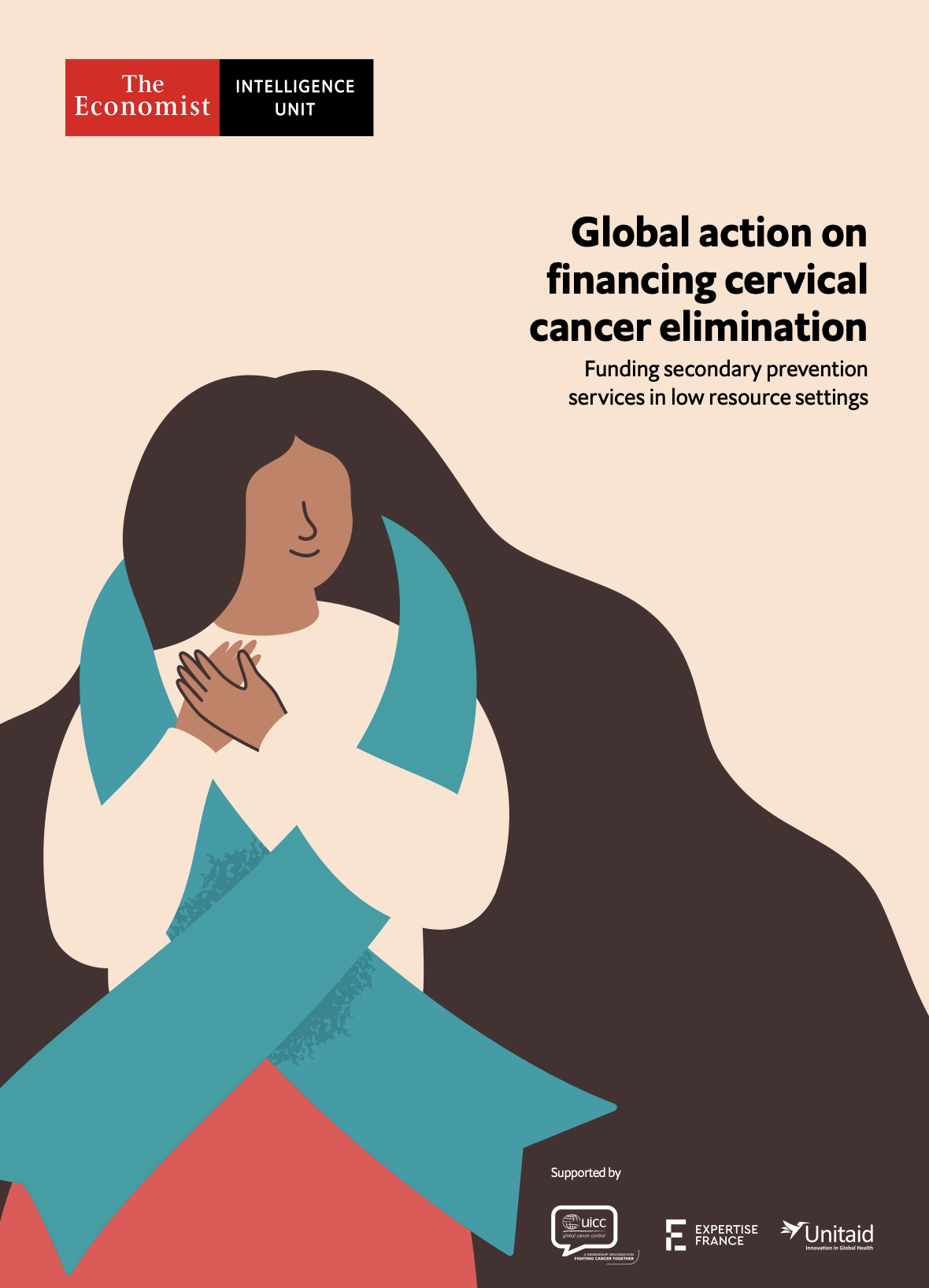NCD Alliance
PODCAST: Health on the agenda: financing UHC and NCDs
Article
17 Dec 2024
Union for International Cancer Control
01 Feb 2021

Cervical cancer is the fourth-most commonly detected cancer in women worldwide yet is one of the most preventable and treatable cancers if detected early. Women in low- and lower-middle income countries and the poorest within countries are disproportionally affected by cervical cancer-related morbidity and mortality. In 2020, the World Health Organization (WHO) launched a global initiative to eliminate cervical cancer as a public health problem, setting intermediate targets to be achieved by 2030.
While there are challenges in low-resource settings around long- term viability and financial sustainability of efforts to address this urgent health priority, the elimination ambition represents a renewed opportunity to adopt a full-continuum approach, building on universal health coverage, and exploring innovative approaches to financing and delivery as countries scale up elimination services.
This report by the Economist Intelligence Unit explores some high-level challenges associated with financing the elimination of cervical cancer in lower resource settings. The following set of priorities can be drawn on to engage policy and financing decision makers:
Generate local data to inform health financing design and decision making. An in-depth understanding of the epidemiology, and barriers to uptake of cervical cancer screening and where necessary follow up treatment services is required at the country level, and to inform prioritisation of the highest-impact and most sustainable solutions. Such analyses must also identify and address funding and resource allocation inefficiencies within health systems.
Assess national funding and extent of high-quality services using available WHO costing and modelling tools to develop feasible, stepwise scale up plans. Solutions designed to fit within each country’s capacity and affordability constraints will be more sustainable in the long-term. The use of existing costing and modelling tools should be prioritised to identify opportunities and gaps for stepwise scaling to national level programmes. The success of elimination programmes relies on a systematic and organized approach best implemented via the framework of well-planned universal health coverage which incorporates budgeting and planning of healthcare services.
Champion integration at a policy, financing, programme and service level to ensure success and sustainability. Siloed approaches to addressing public health introduce financial inefficiencies which can be minimised or avoided in full. The overlap between cervical cancer and other public health priorities—such as HIV and reproductive health services—should be capitalised, and the framing of the WHO global elimination strategy leveraged to drive financial integration. Strong leadership should be nurtured at national and service delivery levels to ensure integration and associated benefits are realised.
Utilise innovative and blended finance solutions to complement domestic funding. Domestic funding of cancer services—including cervical cancer—in low-resource settings is insufficient to scale national programmes. The global financial consequences of the covid-19 pandemic will further impact health funding. Countries must increase domestic spending and better utilise taxation and social health insurance schemes, while leveraging alternative supplementary finance systems where available. A consortium approach which leverages development banks, blended financing and private-sector capital, expertise and speed should be considered.